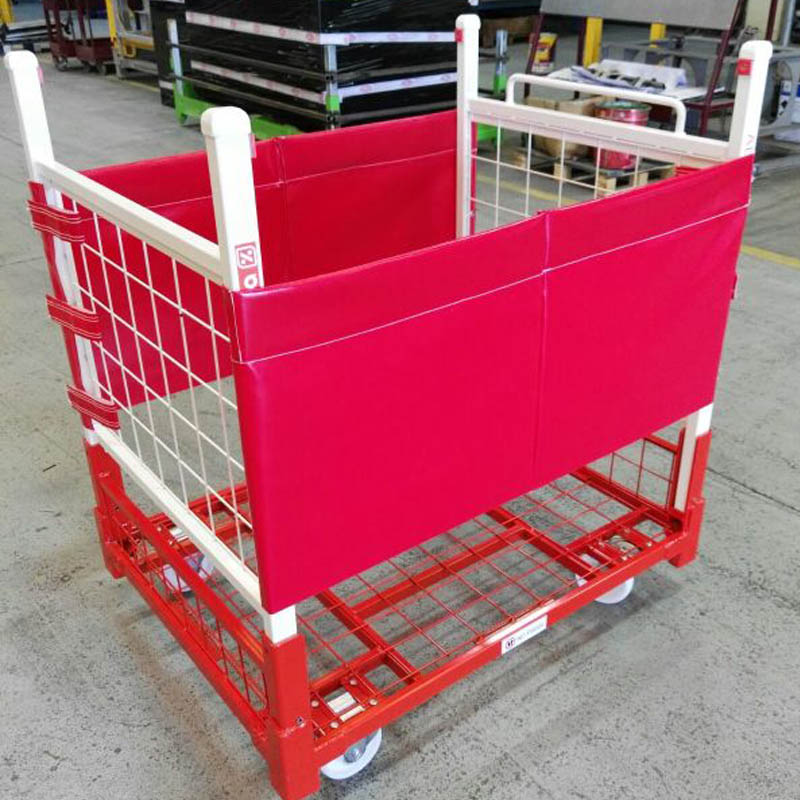
- Mobile Phone
- +8613931874955
- sales@cntcmetal.com
Poultry Net - Innovative Solutions for Poultry Farming
The Importance of Poultry Net in Modern Farming
In the realm of agriculture, particularly in poultry farming, the term poultry net has gained significant attention. This innovative product plays a crucial role in ensuring the safety and well-being of poultry while optimizing farming operations. As the demand for poultry products such as eggs and meat continues to rise globally, the effective management of poultry health and safety has never been more essential.
Poultry netting is designed to provide a secure environment for chickens, ducks, and other birds, protecting them from predators and reducing the likelihood of diseases spreading among flocks. With various materials available, including plastic and metal, poultry nets can be tailored to meet the specific needs of different types of poultry while considering the unique challenges presented by various farming environments.
One of the primary benefits of using poultry netting is the physical barrier it creates. Predators such as foxes, raccoons, and birds of prey pose significant threats to free-range poultry. A well-installed poultry net can deter these predators, allowing birds to roam freely during the day while being safeguarded from these natural threats. This freedom of movement not only enhances the birds' quality of life but also contributes positively to their health, as they are able to forage and engage in natural behaviors.
Moreover, poultry netting supports biosecurity measures within a farm. By limiting access to flocks, it minimizes the risk of disease transmission from external sources. In a world where avian influenza and other poultry diseases are prevalent, maintaining strict biosecurity protocols is paramount. Poultry nets act as an essential barrier that keeps wild birds, which can carry diseases, away from domestic flocks.
poultry net

From an economic perspective, investing in high-quality poultry netting can yield substantial long-term benefits for farmers. By protecting their birds from predators and diseases, farmers can reduce mortality rates and improve flock productivity. Healthier birds lead to increased egg production and higher meat yields, ultimately enhancing profitability. Furthermore, poultry raised in a safe, natural environment often fetch higher prices in the market, as consumers increasingly seek out ethically raised products.
In recent years, technological advancements have also enhanced the effectiveness of poultry netting. Some products are now equipped with additional features such as UV resistance, which prolongs their lifespan, and varying mesh sizes, catering to different bird species. Additionally, the development of portable poultry nets allows farmers to rotate their flocks, a practice known as rotational grazing. This method not only improves soil health but also reduces the risk of disease by preventing overgrazing in one location.
As the global population continues to grow, the demand for poultry products is expected to rise significantly. This places increased pressure on poultry farming practices to evolve sustainably. By integrating effective poultry net systems into farming operations, producers can ensure that they are meeting this demand while prioritizing animal welfare and environmental health.
In conclusion, poultry netting is an indispensable tool in modern poultry farming. It serves multiple purposes, including predator control, disease prevention, and enhanced productivity. As the industry faces new challenges, the importance of implementing effective poultry management solutions like poultry nets will only continue to increase. Farmers who prioritize the use of poultry netting are likely to thrive in this competitive and rapidly evolving agricultural landscape.
share:
-
Your Source for Concrete Wall Ties and Masonry AccessoriesNewsJul.10,2025
-
Unlocking the Power of Iron Wire for Every ProjectNewsJul.10,2025
-
Explore Advanced Chain Wire and Stainless Steel Mesh FencingNewsJul.10,2025
-
Discover the Benefits of Annealed Wire ProductsNewsJul.10,2025
-
Discover China Stainless Steel Wire Mesh SolutionsNewsJul.10,2025
-
Build with Confidence Using High-Performance Masonry AccessoriesNewsJul.10,2025
-
Why Sacrificial Formwork Is Redefining Underground ConstructionNewsJun.06,2025



















